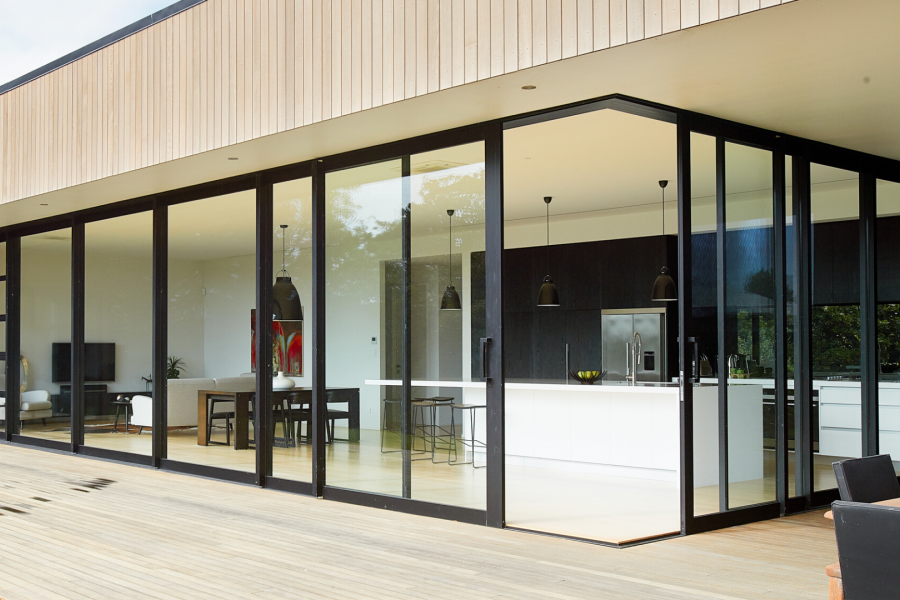
In a bathroom, practically every activity revolves around the use of water. The levels of resulting moisture can cause serious issues for both the building and people in it unless controlled. But just how do you do that? And why isn’t the building code a good guide?
Why ventilate a bathroom? There are two primary reasons that bathrooms require ventilation. The first is to manage humidity and airborne moisture generated by personal hygiene, and the second is the removal of odours. While these factors may seem obvious to most people, the risks of insufficient ventilation to bathroom spaces and the dangers that can arise may not.
Let’s start by looking at the amount of airborne moisture that is created by taking a bath or having a shower. While there are a number of factors that can obviously influence this (your water pressure, the temperature of your shower, the size of your bath etc), it is generally accepted that on average a shower will release around 2.6 litres of moisture into the air per hour and a bath will release approximately 700ml per hour. This means that if you take a ten-minute shower, the air in your bathroom will absorb around 430ml of water. And unless that air can escape, it will deposit that moisture on any and every surface it can. It’s like taking a large can of drink and spraying onto the walls of the bathroom until empty.
That moisture can lead to mould. It’s unsightly and known to cause asthma, allergic reactions, pneumonia and sinus infections. It’s equally damaging to building health and will damage paintwork, wall linings and furniture. In untreated timber, it’ll lead to rot.
NZBC Clause G4 stipulates bathroom ventilation systems must extract no less than 25l/s, however this is recognised within the industry as being a bare minimum and in many cases insufficient. If we return to our example of a 10-minute shower in a 13m³ bathroom, we would reach the saturation point of the air within a couple of minutes, and that to avoid condensation occurring we would need an air change rate of 28.5 which then equates to approximately 100 L/S exhaust flow.
So what to do? Our recommendation is to select fans based on their capacity for a number of air changes per hour (ACH), with 15 ACH being the minimum for a bathroom with a shower.
One commonly overlooked aspect of bathroom ventilation is make-up air. It’s all very well to have a fan capable of extracting 50l/s, however if the room is effectively sealed and no fresh air can get in then it’s not going to be able to perform as it should.
The best way to provide make-up air is through an opened window, however it should be recognised that this is reliant on occupant control and the fan may be operated with the window shut. Another solution is to provide an undercut door. With this method, the door is constructed with a gap between the base of the door and the floor below, allowing make-up air to enter the room.
Ventüer offers proven solutions that exceed the building code and deal with the problem of condensation, with an extensive range of inline, through-wall and ceiling mounted fans adaptable for nearly all bathroom situations. They are quiet, stylish and will make sure today’s new apartment buildings do not age prematurely because of moisture.
Natural ventilation and the building code might be ok for sign off. But for the health of the building and people in it, more careful consideration is needed. Ventüer can help with that.













 New Products
New Products





















 Popular Products from Ventüer
Popular Products from Ventüer


 Most Popular
Most Popular


 Popular Blog Posts
Popular Blog Posts